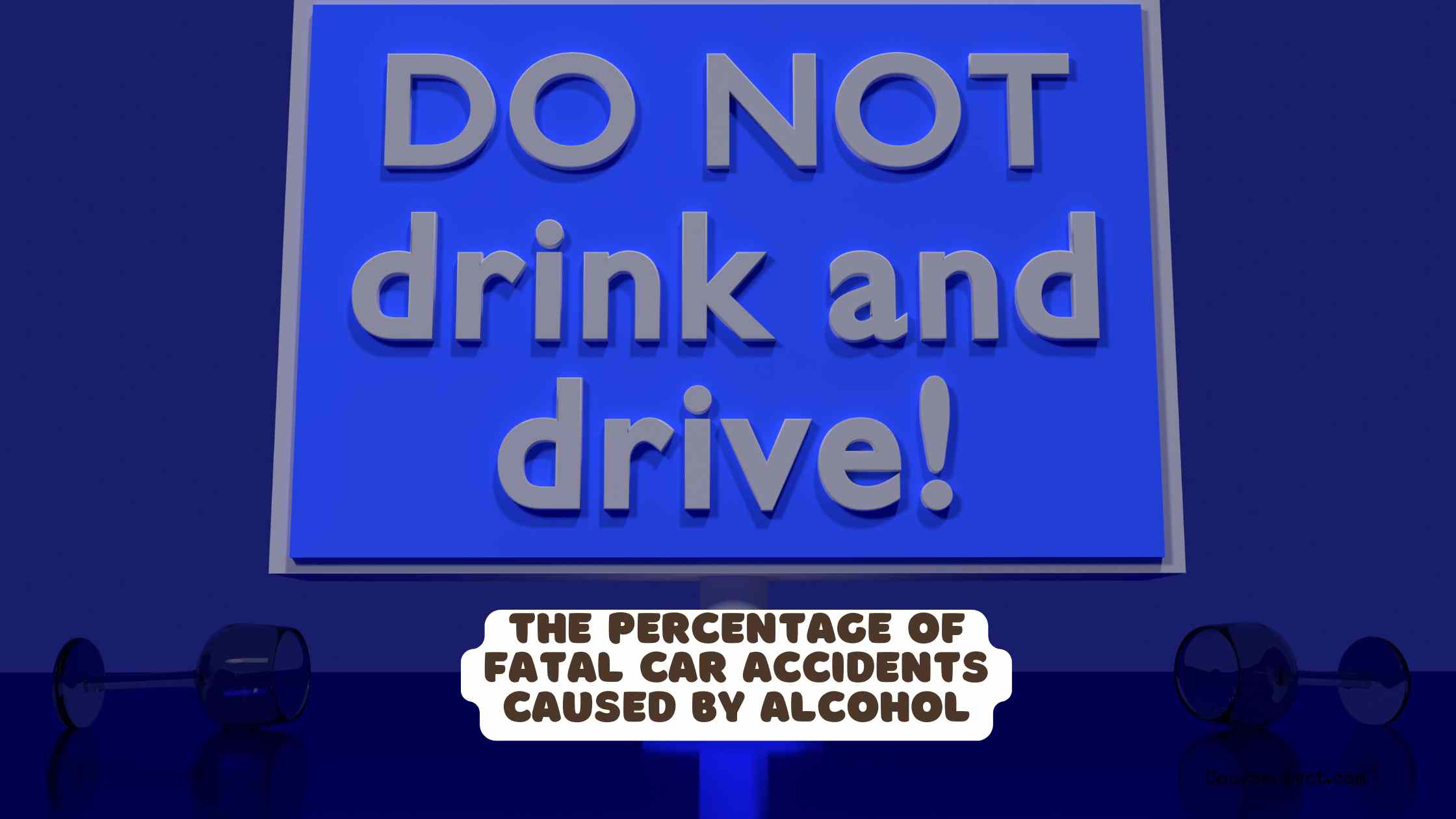
The Percentage of Fatal Car Accidents Caused by Alcohol
Alcohol-impaired driving remains one of the most preventable yet persistent killers on U.S. roads. In 2023, alcohol was a factor in 30% of fatal car accidents, resulting in 12,429 deaths, according to the National Highway Traffic Safety Administration (NHTSA). That’s roughly 34 lives lost every day—one every 42 minutes. This blog unpacks what this statistic means, why it’s so devastating, and the trends shaping impaired driving in the USA as of October 2025.
Table of Contents
Breaking Down the Numbers
NHTSA’s Fatality Analysis Reporting System (FARS) defines alcohol-impaired driving as crashes involving a driver with a blood alcohol concentration (BAC) of 0.08 g/dL or higher. Out of 40,901 total motor vehicle fatalities in 2023—a 4.3% drop from 2022’s 42,721—alcohol contributed to 12,429, or 30%.
Key insights:
- Demographics: Males account for 80% of alcohol-impaired drivers in fatal crashes; young adults (21–34) are overrepresented, with 35% of their fatalities involving alcohol.
- Vehicle Types: Motorcyclists face the highest rate at 26%, followed by passenger cars at 25%.
- Combinations: 40% of alcohol-impaired fatal crashes also involved speeding, amplifying risks.
Early 2024 estimates show a continued decline, with fatalities dropping 3.8% to 39,345, but alcohol’s share remains around 30%.
Why This Percentage Is Alarming
Alcohol’s 30% share rivals speeding (29%) as a top crash cause, but it’s uniquely preventable—unlike weather or road design. Each fatality costs society $1.4 million in medical, legal, and lost productivity expenses, totaling over $17 billion annually. Vulnerable groups suffer disproportionately: Teens (15–20) see 30% of their fatal crashes tied to alcohol, despite lower drinking rates.
Pandemic-era spikes—up 33% from 2019—have leveled off, but rural roads (higher speeds, fewer barriers) and holidays (e.g., New Year’s) see surges. Enforcement like sobriety checkpoints helps, but cultural normalization of drinking and driving persists.
Trends and Comparisons
- Historical View: Alcohol’s role dipped to 25% in the early 2010s but climbed to 30–32% by 2022, with 13,524 deaths that year (32%).
- By State: Montana and Wyoming top the list at 45–50% of fatalities, while Utah (strict DUI laws) is lowest at 18%.
- Global Context: The U.S. rate (30%) exceeds the WHO’s global average of 26%, though campaigns like MADD’s have driven declines.
Practical Tips to Prevent Alcohol-Related Crashes
- Plan a Ride: Use Uber, Lyft, or a designated driver—apps make it easy.
- Wait It Out: One drink takes 1 hour to metabolize; multiple drinks? Crash at a sober friend’s.
- Host Safely: Offer non-alcoholic options and stop serving if needed.
- Advocate: Support ignition interlocks and lower BAC limits (e.g., 0.05 g/dL).
- Educate Youth: Discuss risks early—teens are 4x more likely to crash impaired.
Common Myths to Avoid
Don’t believe “buzz driving” is safe—any BAC over 0.00 raises risks. Avoid “I can hold it”—tolerance doesn’t reduce impairment. Don’t think holidays are exceptions; they’re peak danger times.
Tailoring to Your Life
Parents: Model sober driving for kids. Partygoers: Budget for rideshares. Rural drivers: Remember empty roads tempt speeding + alcohol. Adjust habits to your routine for zero-tolerance safety.
Read The Percentage of Fatal Car Accidents Caused by Overspeeding
Key Takeaways
30% of fatal car accidents in the USA are caused by alcohol, killing 12,429 in 2023 and costing billions in lives and dollars. This NHTSA figure highlights impaired driving’s toll, especially on youth and motorcyclists. By planning rides, waiting to sober up, and advocating for change, we can drop it lower. One choice saves lives—what’s yours tonight?
Cite this article
You can copy and paste your preferred citation format below.
Martin, L. & Arquette, E.. (2025, October 1). The Percentage of Fatal Car Accidents Caused by Alcohol. Coursepivot.com. https://coursepivot.com/blog/the-percentage-of-fatal-car-accidents-caused-by-alcohol/



